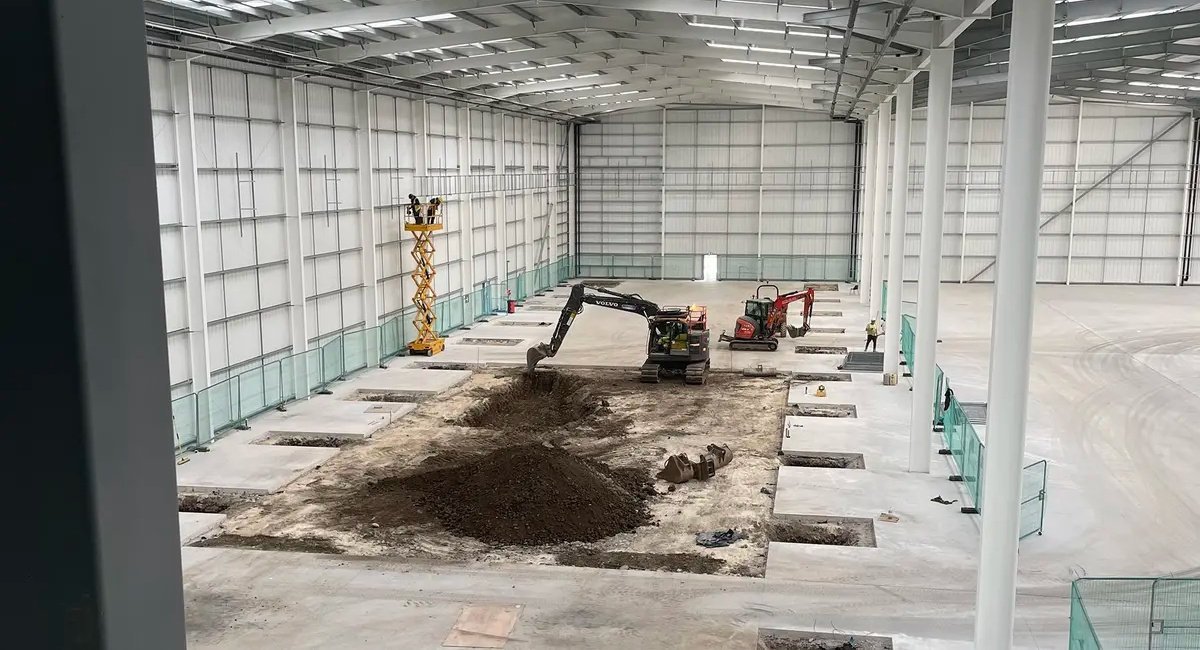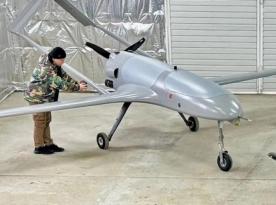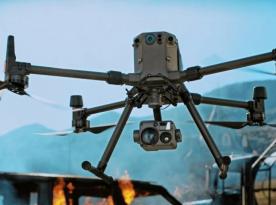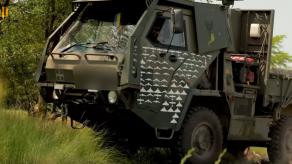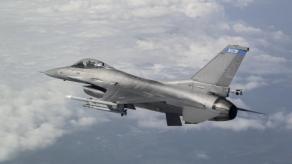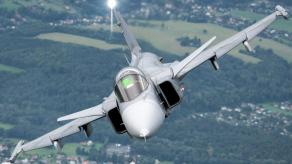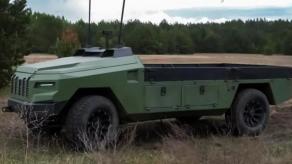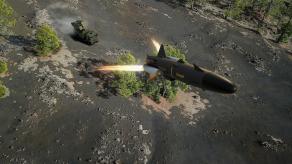The idea of building robotic arms factories powered by artificial intelligence near the front line to shorten the logistics chain is undeniably attractive. In theory, it could revolutionize the entire defense-industrial model in the modern world.
This is exactly the vision explored in a recent article by Defence One. However, the authors immediately flag a significant challenge: while the concept is compelling, its implementation is deeply problematic — primarily due to hardware limitations in the United States.
Read more: Poland and South Korea Establish Joint Venture to Build Rockets For "HIMARS Rival" Chunmoo
Specifically, the article references a groundbreaking concept published in the International Journal of Extreme Manufacturing in January 2025. The vision centers around AI-enhanced additive manufacturing.
Currently, industrial robots — including those used in arms production — can only perform a limited set of predefined tasks. They cannot detect and correct errors mid-process, especially when a software glitch disrupts their programming.
The proposed solution is deceptively simple: first, train artificial intelligence to operate industrial robots. Then, teach the robots to mimic human-like motion. Finally, establish an end-to-end production line capable of manufacturing mission-critical items, such as compact drones, which have proven their battlefield relevance in russia’s war against Ukraine.
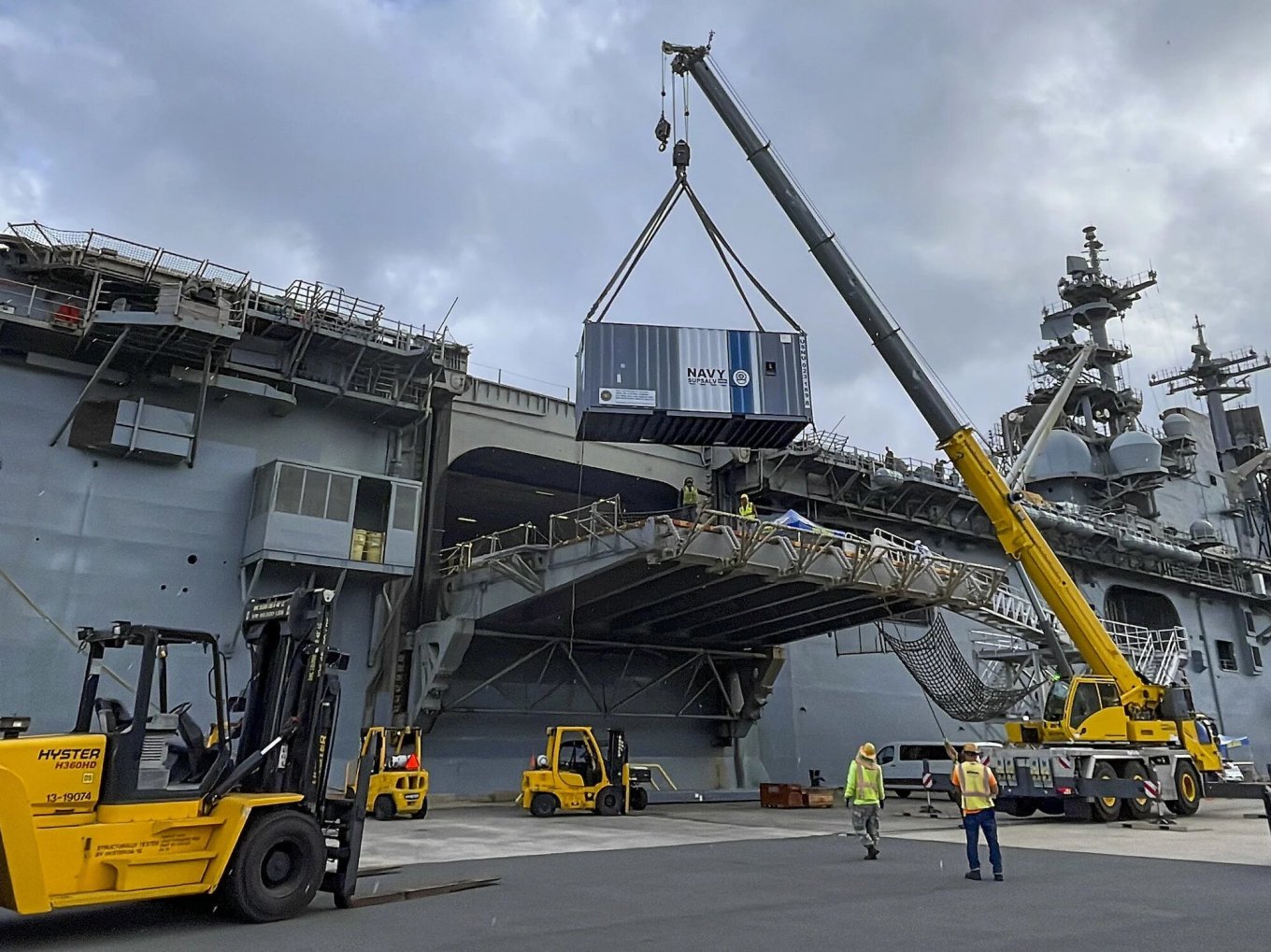
This concept and its underlying technological solutions have already been developed by an international research group involving California State University, Northridge, the National University of Singapore, NASA’s Jet Propulsion Laboratory, and the University of Wisconsin–Madison.
But a concept is not enough. Its implementation requires a robust foundation of resources, starting with hardware.
The available hardware base remains insufficient despite the U.S. allocating over $52 billion since 2022 to boost domestic semiconductor manufacturing.
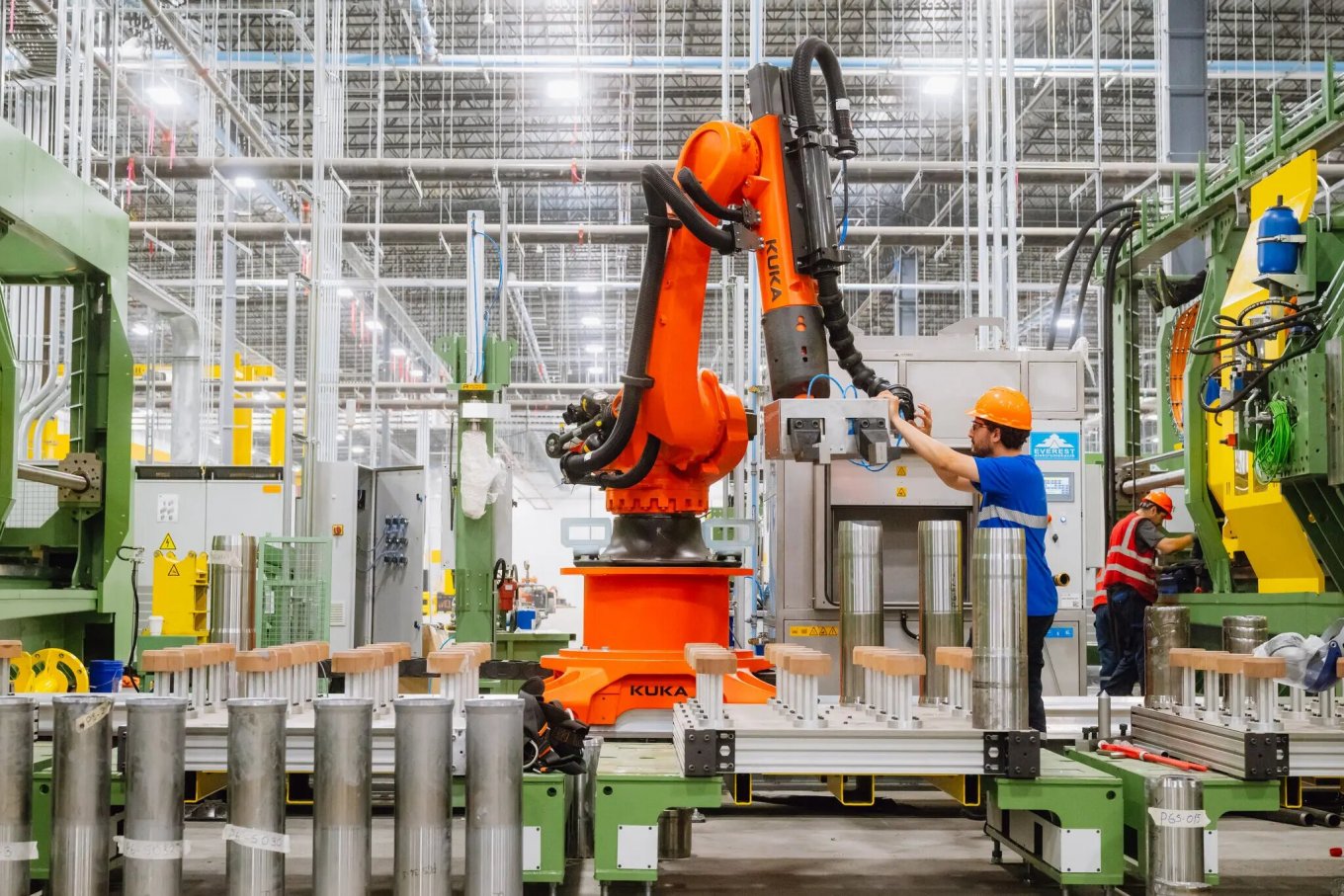
Even more critical is the human factor. Teaching artificial intelligence to run entire smart factories requires forging a new generation of engineers capable of developing and managing these systems. The idea of making everything needed for the battlefield on 3D printers near the front line is undeniably seductive. Yet, current 3D scanning and printing technologies still lack the precision necessary for such complex applications.
This leads to a paradox: creating fully robotic arms factories may require more engineers, not fewer. Possibly even far more than are currently needed to operate conventional defense plants.
Read more: British MPs Suggest Producing Ukrainian Weapons in the UK in a Joint Defense Tech Hub




